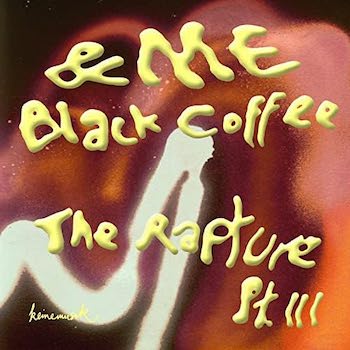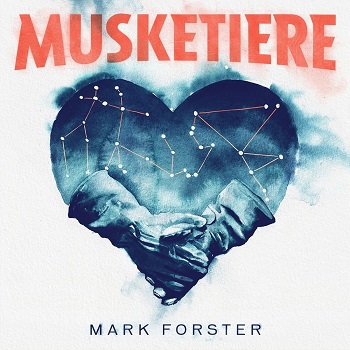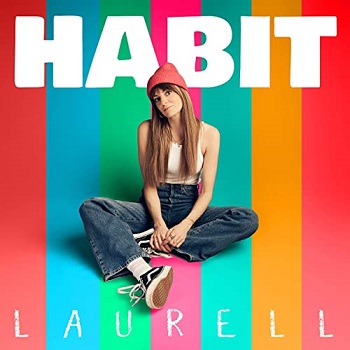













































Just send me a message and you will receive a detailed price list.
In 24 bit or 32 bit floating point WAV/AIF, please. The files can be stereo interleaved or spilt stereo, although 24 bit WAV stereo interleaved is certainly the standard. The sample rate should correspond to the frequency of your project. So if you recorded and mixed at 96 kHz, please send me the mix at 96 kHz. It makes no sense to bounce a 44 kHz project to 96 kHz.
Where there are several tracks, please integrate the order into the file name, for example:
01-Title-Mix01.wav
02-Title-Mix01.wav
With a 24 bit mix it makes no difference whether the mixes have a level of -0.1 dbFS or -10dbFS. I recommend a level of approx - 3dbFS . This, however, should only be taken as a guide. As long as the level remains below 0dBFS everything is ok.
Please leave everything on your stereo bus that is essential for the sound!
Especially if your stereo bus processing has shaped the sound considerably from the very start of creating your mix, it often makes no sense to completely disable everything for mastering. This is because the track will probably sound quite different without your stereo bus chain. With tracks like these give me two versions if possible - one with the whole stereo bus chain enabled and one with less or no final limiting. We can discuss and decide which the best version to use is after checking the material.
If there are clear guidelines for the mastering, such as comments on individual mixes, specific requests about loudness, dynamics, frequency image or sound reference titles, then please send them along with your mix. If you have created your own "listening masters", on the basis of which the mix has been approved by all parties, please send them, too.
With albums and EPs, please specify the track order, as far as it has been decided. If your project will also be released on CD, we need a list with the following, correctly written, information: artist name, album title or release, all song titles and, if applicable, the ISRC codes.
Please let me know what format or formats the final version will be published in. Will it be made available on CD and/or vinyl and/or as an online release?
You can send me the mix via Wetransfer, Dropbox or other file sharing services of your choice. I politely ask that you please ensure that, as far as possible, the service you choose is ad-free and does not drive people crazy with pop-ups. In addition please do not us Google Drive and Soundcloud.
You will be sent a download link to the masters, which will be in the appropriate format for your release.
If is it a CD release, you will first receive all the masters as a WAV. Upon your approval, I use the WAV to create a so-called master DDP image (Disc Description Protocol), which is then digitally sent to the pressing plant. The pressing plant then uses the DDP to create the CDs.
With vinyl, some pressing plants also use the DDP as a template, but 24bit WAV files (one file per side) are more commonly used. This should be discussed with the vinyl pressing plant of your choice.
For online releases, you will receive the mastered WAV files.
No, I am sorry, I do not offer that.
Created by Apple, the ADM standard is used for coding the AAC final format used by Apple. The ADM standard uses the higher-resolution 24 bit for coding masters, rather than 16 bit. Apple also recommends that masters are of a slightly lower level, so that no codec clipping arises.
HP Mastering is officially registered with Apple as an approved supplier for ADM masters.
Revisions are usually included, free of charge. However, if completely new mixes or multiple mix updates of tracks that have already been mastered are delivered after mastering, my charge is dependent on the amount of time required and the scope of the change.
Yes, of course I do. If the mix is good, that is not always necessary, but stem-mastering offers more possibilities for problematic mixes and also for fine tuning good mixes. The effort and the associated costs, however, are higher. Should it arise, we will discuss whether stem mastering would be a good idea and if so, to what extent.
One example of a possible stem separation is: main vocals, backing vocals, bass, drums, guitars, keyboards. The important thing is always that all stems have the same starting point and that, when superimposed, they reproduce your mix perfectly and without the need for any further volume adjustments.
Yes! The Dolby Atmos versions are done from stereo stems in an 7.1.4. listening enviroment. Just get in touch for more details.
No, I'm sorry, but I'm not doing free test masters.
Payment can be made by bank transfer or Paypal. The relevant information is on the final invoice.
Unfortunately, no. I cannot reasonably integrate this into my daily work routine. Please understand that requests of this nature will remain unanswered.
If you would like to mention the mastering in your credits (thank you!) then simply use
Mastered by Hans-Philipp Graf